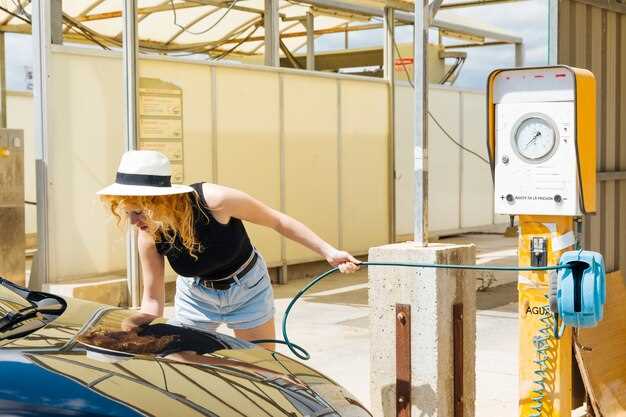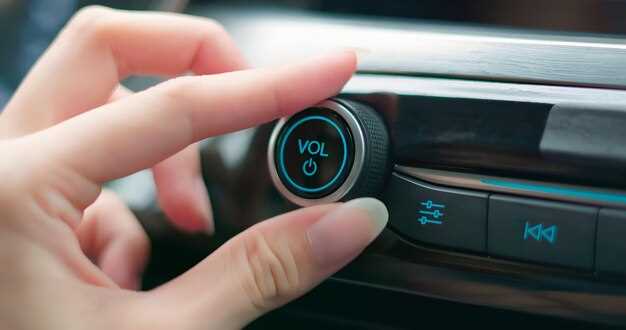
The evolution of hybrid vehicles has transformed the automotive landscape, with Toyota leading the way in the integration of gasoline and electric power. At the heart of this technology lies the innovative hybrid system, which seamlessly switches between a traditional internal combustion engine and an electric motor powered by a battery. This dual approach not only enhances fuel efficiency but also reduces emissions, making it a compelling choice for environmentally conscious drivers.
Toyota’s hybrid technology is designed to optimize performance by intelligently managing the interaction between gas and electric power. When the vehicle starts, it typically operates on electric power alone, drawing energy from the battery. As speed increases or acceleration is needed, the gasoline engine effortlessly engages, providing additional power while simultaneously recharging the battery. This dynamic switching is key to achieving higher fuel economy and a more sustainable driving experience.
Understanding how Toyota manages the switching between gas and electric modes is crucial for drivers interested in maximizing the benefits of hybrid technology. By analyzing various driving conditions and adapting its operations accordingly, the system not only enhances performance but also contributes to a longer lifespan for the battery. This integration represents a significant advancement in automotive engineering, showcasing Toyota’s commitment to innovation and sustainability in the evolving world of transportation.
How Toyota’s Hybrid System Decides Between Gas and Electric Power
Toyota’s hybrid system employs a sophisticated strategy to determine whether to use gas or electric power for optimal performance and efficiency. The decision-making process relies on several key factors, including driving conditions, throttle input, and battery state of charge.
At low speeds, such as during city driving or in stop-and-go traffic, the system primarily utilizes electric power. This is because electric motors provide instant torque, allowing for smooth acceleration without the noise or emissions associated with gasoline engines. The hybrid system continuously monitors the vehicle’s speed and driver inputs to ensure the most efficient use of available energy.
As speed increases or when more power is required, such as during rapid acceleration or highway driving, the gasoline engine seamlessly engages. This dual-operation capability ensures that the vehicle can maintain performance while optimizing fuel efficiency. The transition between power sources is nearly imperceptible, enhancing the overall driving experience.
Additionally, the hybrid system incorporates regenerative braking technology. When the driver applies the brakes, the electric motor functions as a generator, converting kinetic energy back into electrical energy to recharge the battery. This process contributes to the vehicle’s efficiency by reducing reliance on the gasoline engine.
In summary, Toyota’s hybrid system intelligently decides between gas and electric power based on real-time analysis of driving conditions, power demands, and battery status, ensuring a harmonious blend of efficiency and performance for drivers.
The Role of the Battery in Sustaining Hybrid Performance

The battery is a crucial component in hybrid vehicles, directly influencing their performance and efficiency. In Toyota’s hybrid system, the battery serves as the primary energy storage unit, allowing the vehicle to switch seamlessly between gas and electric power. This dynamic functionality enhances fuel economy while reducing emissions.
Capacity and Efficiency: The battery’s capacity dictates how much energy can be stored for electric driving. A well-designed battery system ensures that there is sufficient energy available to power the electric motor during acceleration, which helps in smooth driving experiences and improved responsiveness.
Regenerative Braking: One of the key features of hybrid systems is regenerative braking, which harnesses kinetic energy during deceleration. The battery plays a vital role here by capturing this energy and converting it back into usable electricity. This process not only extends the battery life but also enhances overall vehicle efficiency.
Integration with Engine: The hybrid battery system works in conjunction with the internal combustion engine to optimize performance. It provides additional power during high-demand situations, like merging onto highways or climbing steep inclines, thus allowing the gas engine to operate more efficiently when not under heavy load.
Longevity and Maintenance: The durability of the hybrid battery is essential for sustained performance over time. Manufacturers focus on designing batteries that can withstand multiple charge cycles, ensuring that they retain their capacity for years. Regular maintenance of the battery system is also important to ensure optimal performance and longevity.
In conclusion, the battery is not merely an accessory but a central system element that underpins the overall efficiency and effectiveness of hybrid vehicles. Its role extends beyond storage; it actively collaborates with the electric motor and gas engine to deliver a balanced blend of power, efficiency, and reduced environmental impact.
Common Issues and Solutions in Toyota Hybrid Switching

Toyota hybrid vehicles are designed to seamlessly switch between gas and electric power, maximizing fuel efficiency. However, there are several common issues that can arise during this switching process, often related to the hybrid battery and overall system performance.
1. Battery Depletion: One frequent issue is battery depletion, which can result in the vehicle relying more on the gasoline engine. This may lead to reduced fuel efficiency and performance. To address this, regularly check the hybrid battery health using diagnostic tools or have it inspected during maintenance. If the battery shows diminished capacity, consider a replacement.
2. Charging System Malfunction: A malfunction in the charging system can prevent the hybrid battery from charging properly. Symptoms include a warning light on the dashboard and decreased electric range. If this occurs, inspect the charging components, including the inverter and converters. In some cases, software updates from Toyota may resolve the issue.
3. Faulty Sensors: The hybrid system relies on various sensors to manage the transition between electric and gas power. If these sensors fail, it can lead to erratic switching behavior or even total system failure. Regular diagnostics can help identify faulty sensors, which can be replaced to restore normal function.
4. Overheating: Overheating can affect the performance of both the gasoline engine and the hybrid battery. High temperatures may cause the battery management system to restrict battery usage, leading to reliance on the gas engine. Ensure proper ventilation and that cooling systems are functioning effectively. Cleaning air intake paths and maintaining coolant levels can mitigate this issue.
5. Software Issues: Occasionally, software issues can lead to improper switching between gas and electric modes. Software updates from Toyota can resolve bugs within the system. Keeping the vehicle firmware up to date is crucial for optimal performance.
By understanding these common issues and taking proactive measures, Toyota hybrid owners can enhance the longevity and efficiency of their vehicles, ensuring a smooth transition between gas and electric modes.




